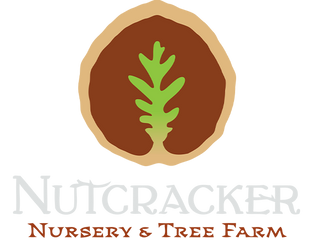NORTHLINE saskatoon berry
Shipping calculated at checkout
35 in stock
Need more? Contact us
General characteristics
- Name
- Amelanchier alnifolia ‘Northline’ — also known as ‘Northline Saskatoon Berry’ or ‘Juneberry Northline’.
- Plant type
- Shrub/small fruit tree, can also be used as a hedge.
- Size at maturity
- Approximately 2.4 m high × ~1.8-2 m wide in certain conditions, but can reach ~3-4 m if not pruned.
- Hardiness zones
- Very hardy: withstands severe winter temperatures, zone 2 to 2a/2b according to references.
- Flowering
- White, fragrant flowers in spring (April-May depending on climate).
- Fruit
- Edible blue-purple berries, tasty, fairly large, sweet with a touch of acidity, can be eaten fresh or used in preserves (jams, pies, etc.).
- Harvest
- Generally around July (midsummer), varies depending on region.
Advantages
- Hardiness: It withstands harsh winters well, making it suitable for cold climates.
- Fast production: Begins producing fruit earlier than some other varieties.
- Multiple uses: Fresh fruit, jams, pies, preserves, etc. Also useful as an ornamental plant.
- Visual appeal: Beautiful spring blooms and colorful fall foliage.
- Self-fertile: Although it produces fruit without other cultivars nearby, fruit production can be improved with cross-pollination.
Growing requirements
- Exposure: Full sun to partial shade. Sun promotes better production.
- Soil: Prefers well-drained soil. Tolerates various soil types, but rich, deep soils promote better growth.
- Watering: Soil should remain slightly moist, especially in the early years until the shrub is well established. Avoid waterlogging.
- Pruning: Prune to control height or shape, remove dead or diseased branches, or limit suckers if they become too numerous.
- Spacing: For multiple plantings or hedges, allow sufficient spacing. For example, ~3 m (≈10 feet) between plants for good development.
Potential limitations or challenges
- Suckers: ‘Northline’ tends to produce suckers at the base, which may require maintenance if you want to maintain a neat appearance or prevent unwanted spread.
- Variable yield depending on conditions: Soil quality, climate, and exposure greatly influence fruit production. In less favorable conditions, production may be lower.
- Time for optimal production: Although it produces early compared to other varieties, it still takes a few years to obtain a bountiful harvest.


